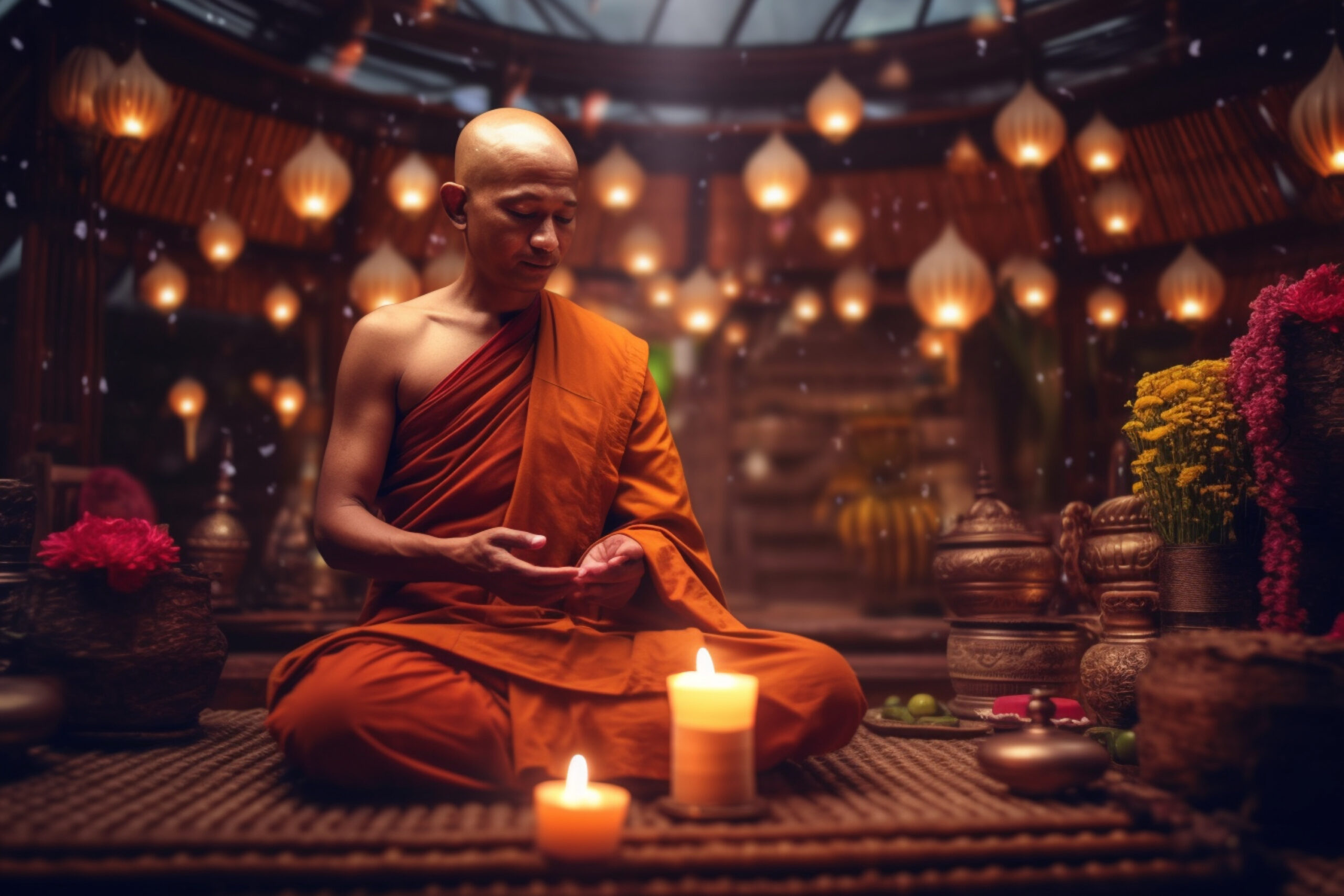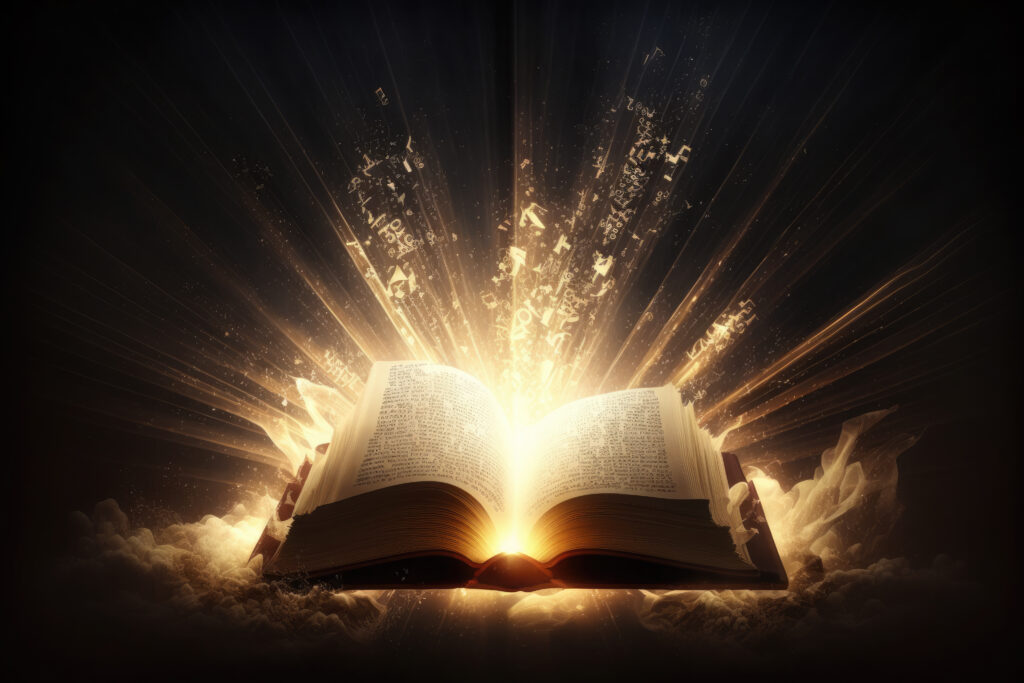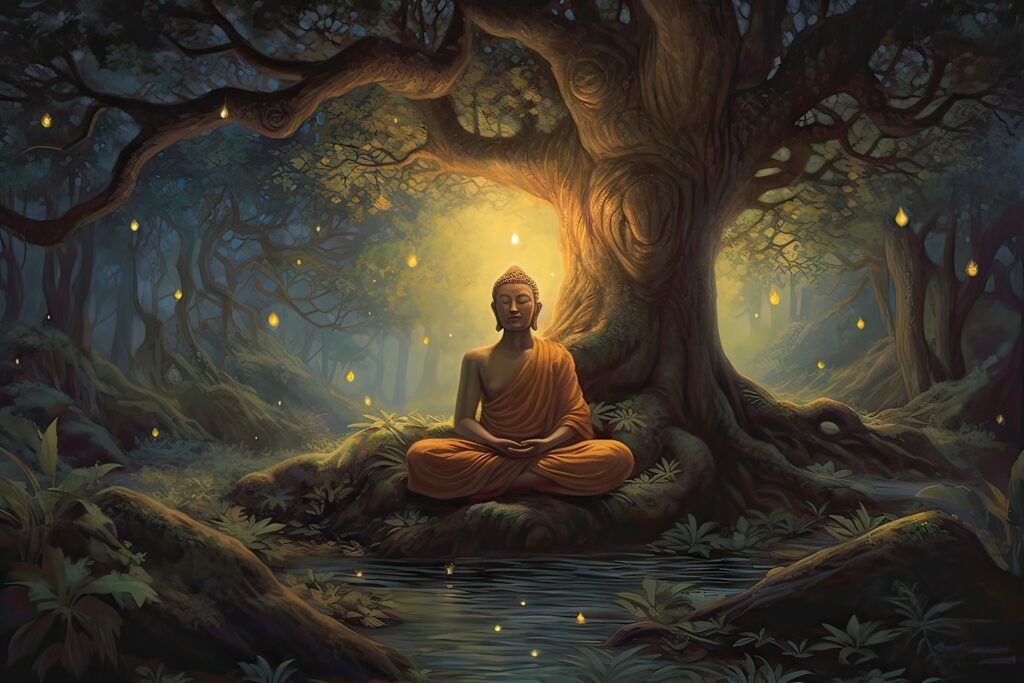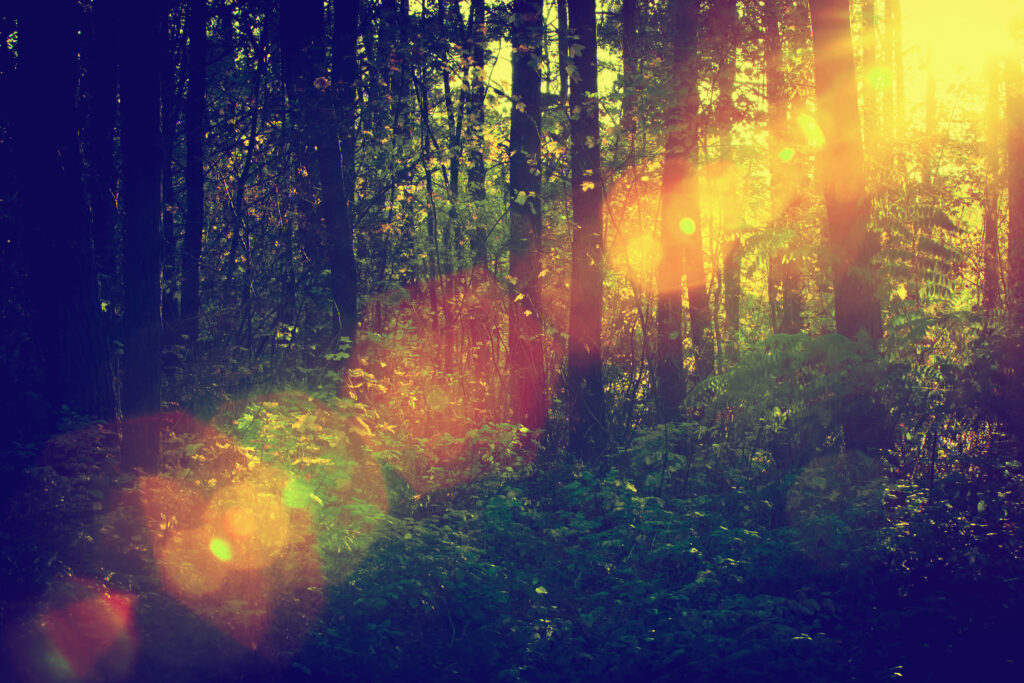
Exploring the Depths of Sanatana Dharma.
Embarking on a profound journey into the depths of Sanatana Dharma, the eternal way of life. Rooted in timeless wisdom and spiritual insights, Sanatana Dharma offers a guiding light for seekers of truth and seekers of peace alike. Join us as we explore the rich tapestry of this ancient tradition and uncover its relevance in the modern world. In this article, I aim to delve into the lesser-explored realms of our subject matter, focusing on the esoteric and profound aspects that often escape mainstream discussion. Rather than rehashing familiar topics, my intention is to shine a light on the hidden gems and deeper layers that intrigue the discerning seeker. Join me as we embark on a journey into the mystical and lesser-known dimensions, uncovering insights that may challenge conventional wisdom and ignite new avenues of contemplation.

Inspiratons
Sanatana Dharma, the eternal way of life, is a profound and timeless tradition that has been passed down through the ages by enlightened souls who deeply understand its essence and roots. These rare beings, connected to the divine deity through whom Sanatana Dharma permeates the Earth, are few in number but hold immense wisdom.
Among them are renowned figures such as Brahma, Vishnu, Maheshwara, and their consorts, along with Prahaladha, Dhruva, Rishi Markandeya, Vasistha, Viswamitra, Valmiki, Vyasa, the Saptha Rishis, and others. Their teachings, although primarily conveyed in Sanskrit or Prakrit, have guided seekers on the path for centuries.
For those of us unable to access these ancient texts due to language barriers, there are modern luminaries of the Aquarian age. Masters such as Master Choa Kok Sui, Vivekananda, Ramakrishna Paramhansa, Sharadha Maa, Aurobindo, Mother, Paramhansa Yogananda, Yukteswar Giri, Lahiri Mahashya, Ramana Maharshi, HP Blavatsky, Annie Besant, Leadbeater, Jiddu Krishnamurti, I.K. Taimini, Alice A. Bailey, Robert Earlyne of Astara, and Helena & Nicholas of Agni Yoga Society, have graciously shared their teachings in English, making them accessible to a wider audience.
In contrast to scientists or philosophers or renowned scholars who may lack the enlightenment or awareness of the governing deity of Sanatana Dharma, these enlightened ascended masters of universal brotherhood embody the timeless truths of this ancient tradition. Therefore, I choose to base my articles solely on their teachings, recognizing the profound wisdom they offer to humanity.
The Divine Hierarchy: Guardians of Earth’s Spiritual Evolution

To grasp the foundational essence of Sanatana Dharma on Earth, it’s imperative to comprehend the concept of creation itself. At the helm of creation stands the Infinite Light, perpetually birthing myriad creations throughout eternity. Let’s narrow our focus to one such creation: our own, considered youthful among the many.
The Absolute Creator emanates numerous Parabrahmans, each branching into further subcategories, ad infinitum. Among these cosmic Parabrahmans, Lalitha Parabhatari is recognized in Hinduism as a physical manifestation to which our planet belongs. Descending from these cosmic entities are universal, galactic, solar, and planetary Parabrahmans, with Earth nestled among the latter.
Scientific research affirming the existence of multiple solar systems in the Milky Way galaxy corroborates this assertion. Of the 12 planetary Parabrahmans, one is intricately linked to our Earth. Over eons, our Solar Parabrahman, also known as Lord Surya or Savitur, observed Earth’s sluggish progress toward enlightenment, nearing stagnation. Disheartened, the Solar Logos contemplated Earth’s annihilation, or pralaya.
However, a benevolent Enlightened Being from Venus intervened, petitioning the Solar Parabrahman for more time to shepherd Earthlings toward enlightenment. Accompanied by 108 enlightened beings from across creation, this group, known as the White Brotherhood, received permission from the Karma Lords of Earth to guide humanity.
Curious to unravel the identity of this mysterious and benevolent figure? Brace yourself for the revelation: none other than Sanat Kumara. Surprisingly, HP Blavatsky likened him to Lucifer in the Bible, a testament to his extraordinary actions. Sanat Kumara’s intervention halted the intentions of his own father, the Solar Parabrahman. Renowned not only in Hinduism but also across various faiths, he is hailed as The Ancient of Ages in Islam and Christianity, Bhrama Sanam Kumara or Adi Buddha in Buddhism, and Ahura Mazda in Zoroastrianism.
Sanat Kumara descended to Earth and established the sacred sanctuary we know as Shambhala, a repository of timeless wisdom. Here, ancient arts, skills, and sciences that were once thought lost are meticulously safeguarded. Known as Nara-Narayana Ashram or Siddha Ashram in Prakriti bhasha, and Shangrila in Chinese, this sanctuary transcends boundaries of faith, belief, or language. Its universal significance underscores its role as a beacon of enlightenment for all humanity.
Under Sanat Kumara, the three Kumaras work, under them Seven rays or saptha rishis of Planet. Under them Lord Manu (Divine Power/ Planetarry shiva), Lord Maitreya (Divine love wisdom /The world Teacher/Planetary Vishnu – The one at present is Who incarnated as Lord Krishna or christ ), Lord Maha Chohan (Divine Intelligence/ Planetary Bhrama) work. Under Them great Masters like Jupiter, Jesus, Morya, Kuthumi, and Djwal Khuj Work.
Sanat Kumara is a title bestowed by his devoted followers, while his original name remains a mystery to Earthlings. Only those who attain the fifth initiation and beyond from Shambhala are entrusted with his first letter.
Sanat Kumara bestowed upon Earthlings the path to rapid enlightenment, known as Sanatana Dharma. While the Vedas predate Sanat Kumara’s presence, serving as direct testaments from cosmic or universal realms, the language they employ surpasses even Sanskrit, the oldest known language to Earthlings. Through the Vedas, Sanat Kumara introduced Sanatana Dharma to Earth, a wisdom that pales in comparison to the higher states of knowledge found across the galaxy and beyond. As humanity progresses in enlightenment over time, the Dharma of the solar and galactic levels will gradually unfold. These revelations form the true essence and roots of Sanatana Dharma on our planet.
For further exploration, you may find the provided links below enlightening.
Beyond the Known: Delving into the Mysteries of Sanatana Dharma Beyond Vedic Texts

Sanat Kumara bestowed upon Earthlings the path to rapid enlightenment, known as Sanatana Dharma. While the Vedas predate Sanat Kumara’s presence, serving as direct testaments from cosmic or universal realms, the language they employ surpasses even Sanskrit, the oldest known language to Earthlings. Through the Vedas, Sanat Kumara introduced Sanatana Dharma to Earth, a wisdom that pales in comparison to the higher states of knowledge found across the galaxy and beyond. As humanity progresses in enlightenment over time, the Dharma of the solar and galactic levels will gradually unfold. These revelations form the true essence and roots of Sanatana Dharma on our planet.
The wisdom encapsulated in the Vedas has been distilled and elaborated upon by numerous sages and seers throughout history. Great figures like Sage Patanjali, Danvantri, and Veda Vyasa have simplified and expounded upon the teachings of the Vedas, offering deeper insights and practical applications. While acknowledging their invaluable contributions, this article seeks to explore beyond the well-known texts and sutras, delving into the esoteric and lesser-explored aspects of Sanatana Dharma. By venturing into these uncharted territories, we aim to uncover hidden truths and shed light on the profound depths of this ancient wisdom tradition.
The Evolution of Enlightenment: The Fundamental and Salient Feature of Sanatana Dharma
The Fundamental and Salient Feature of the santana Dharma lies in the pursuit of enlightenment, a journey that unfolds across various stages of spiritual evolution. On Earth, this path is marked by seven initiations from Shambhala, representing the initial steps towards higher consciousness. Beyond our planet, the journey continues through multiple stages in the solar, galactic, universal, and cosmic realms, ultimately leading to union with the Absolute Creator.
Those rare individuals who traverse this entire spectrum of enlightenment are recognized as Brahma Gyanis, attaining oneness with the Absolute Creator—a feat that is exceedingly rare, both on a planetary and cosmic scale. Spiritual teachers, eligible to assume the revered title of Guru, have typically attained several levels of initiation at the galactic level, signifying their profound spiritual attainment.
The luminous beings mentioned in this discourse have ascended to such elevated levels of consciousness, embodying the pinnacle of spiritual realization.
For those seeking a deeper understanding of the initiatory process at the planetary level, the book “Initiation On Human & Solar” offers invaluable insights. Within its pages, readers will discover profound wisdom on the transformative journey that unfolds in the sacred space of Shambhala, under the guidance of Sanat Kumara himself.
If you’re interested in delving into this illuminating exploration, you can find the book through the following link

Alternatively, if you’re interested in accessing more information and insights from the books mentioned in my blogs, you can explore my books channel. Follow the link to discover a wealth of knowledge and vital teachings that can further enrich your understanding of Sanatana Dharma and spiritual evolution.
In One Line The Whole Essence of Sanatana Dharma is quest for Self Realization.
The Quest for Self-Realization
The teachings and practices of Hinduism invite us to embark on a profound journey of self-discovery and spiritual growth. Through understanding the interconnectedness of all life, cultivating virtues such as compassion and non-violence, and exploring the depths of our own consciousness, we can move closer to realizing our true nature and achieving a sense of harmony and peace within ourselves and with the world around us.
In The Eternal Dance, we aim to explore these and other aspects of Hinduism in a way that is engaging, informative, and accessible. Whether you’re a seasoned practitioner or simply curious about this ancient tradition, we invite you to join us on this journey of discovery and reflection.
Balancing Spirituality and Materiality: The Essence of Sanatana Dharma
Many have misunderstood Sanatana Dharma, believing it to advocate solely for a spiritual path through renunciation or monkship. However, the essence of Sanatana Dharma lies in balance – a harmonious integration of masculine and feminine energies, symbolized by the principles of yang and yin. Masculine energy represents the spiritual path, while feminine energy embodies the material path. The wisdom of Sanatana Dharma lies in navigating both realms simultaneously, fostering growth and enlightenment within the cycles of attachment and detachment.
Consider the tale of Tuladhara from the Mahabharata, who epitomizes the simple yet spiritually profound life encouraged by Sanatana Dharma. To illustrate further, the inverted tree of life depicted in the Bhagavad Gita offers a symbolic representation. The roots, symbolizing the upper chakras associated with spiritual development, nourish the branches and fruits, representing material success and growth. Raja Janaka serves as another exemplar, demonstrating the balance between spiritual realization and worldly responsibilities.
Ayornija Yoginis like Sita choose enlightened beings like Janaka as their parents, gurus, and consorts, emphasizing the importance of spiritual alignment in all aspects of life. True self-realization entails not only unity with the absolute creator but also the successful management of material duties. Only when a soul demonstrates proficiency in balancing both realms is it deemed fit to carry forward its spiritual journey.
With spiritual power comes great responsibility, and every soul is tested based on its ability to fulfill its material obligations. Only then can one be considered a true spiritual seeker, worthy of initiation and entrusted with higher responsibilities. This intricate interplay between spirituality and worldly duties is the destiny of humanity, guiding souls towards enlightenment through the fulfillment of their earthly roles.
The Following Courses By Gmcks Will Help You Understand This Concept

List description here
List description here
List description here
List description here
List description here
List description here
List description here
List description here
Building Character on the Spiritual Path: Navigating Distractions and Inner Demons
Embarking on the spiritual path is a challenging journey, fraught with distractions and obstacles. To anchor spiritual energies while maintaining success in the material world, individuals must undergo a process known as character building. This involves continuous introspection, carefully examining one’s actions, words, and thoughts through inner reflection. It requires identifying and confronting inner obstacles, often referred to as “inner kauravas” or demons, and surrendering them to a higher power in pursuit of divine blessings and good character.
This journey is particularly arduous for souls transitioning from the animal kingdom to humanity, as they face a long and challenging process of transformation. To simplify this complex endeavor, revered gurus like Patanjali have illuminated the path with teachings such as the Yoga Sutras or the Ashtanga Yoga Path. These teachings provide guidance and support, offering a beacon of light to navigate the intricate terrain of the spiritual journey.

List description here
List description here
List description here
List description here
List description here
List description here
List description here
List description here
List description here
List description here
List description here
List description here
List description here
List description here
List description here
List description here
Facing the Truth: Acknowledging Sanatana Dharma’s Challenges
The core principle of Sanatana Dharma is unity, yet over time, human frailties such as darkness, ignorance, arrogance, and pride led to divisions within its followers. These divisions resulted in sects and unnecessary misunderstandings, even misinterpretations of sacred texts like the Vedas, including verses from the Lalitha Sahasra Nama such as “Aabramhakitajanani varvashrama vidhaeini.”
As history unfolded, conflicts arose among believers of different deities such as Shiva, Vishnu, and the Divine Mother, further exacerbating the divisions. Regrettably, these divisions also led to practices like untouchability, discrimination against women, and an overemphasis on idol worship.
The culmination of these factors contributed to the emergence of religions like Islam, which emphasizes a formless conception of God. While Sanatana Dharma initially embraced idol worship, the essence of spiritual evolution lies in transcending attachment, even to idols, and embracing unity with the infinite light.
Unfortunately, instead of progressing towards detachment, many adherents became overly attached to idol worship, diverging from the essence of Sanatana Dharma. It’s crucial to recognize that true spiritual growth entails detachment, even from revered symbols, as the ultimate goal is to unite with the boundless divine consciousness.

Buddha Gautama, a profoundly enlightened being, alongside Sanat Kumara, endeavored tirelessly to revive Sanatana Dharma by illuminating the pitfalls of excessive idol worship. Unfortunately, their noble intentions were often misunderstood by the Sanatana Dharma Group. However, this does not imply that Buddha’s efforts were in vain.
Buddha’s teachings were not confined to his homeland alone; rather, they were intended to propagate the essence of Sanatana Dharma worldwide. The underlying logic is straightforward: despite the present state of degradation, the followers of Sanatana Dharma will eventually recognize their errors. When this realization dawns, the need for a renaissance of Sanatana Dharma will emerge, and Buddhism will serve as a catalyst in this restoration process.
Historical evidence, such as the endeavors of Guru Padmasambhava, underscores the interwoven nature of Buddhism and Sanatana Dharma. Padmasambhava’s preservation and dissemination of Buddhist and Sanatana Dharma teachings, including TantraYana, from esteemed institutions like Nalanda and Kashika to other renowned schools and translated there preserved them there in samaya temple, are testament to this symbiotic relationship. Dalai Lama Living In India, Strengthens This.
The Nalanda which Mohammeds assumed Has destroyed is nothing but just holding peices of papers which were however not needed to country, as the true essence in those papers is being protected till date, wating to return back to it’s motherland once the group has learnt the lesson. The Victory the Mohammed all had was clearing the unwanted Paper waste.
The conflicts stemming from idol worship have led to destructive wars, resulting in the devastation of numerous temples, sculptures, and sacred texts. In my opinion, the toll of destruction inflicted by these conflicts surpasses that caused by figures like Mohammed Ghori and Ghazni. Recognizing the need to halt these destructive cycles, Islam emerged as a response. However, over time, similar patterns of attachment, misunderstanding, arrogance, pride, and ignorance emerged within the Islamic tradition.
Subsequently, Christianity also arose, yet it too fell prey to the same human weaknesses, perpetuating cycles of conflict and division. In response to these challenges, new spiritual paths like Yogoda Kriya Yoga, Auro Integral Yoga, GMCKS Pranic Healing, and GMCKS Arhatic Yoga have emerged. These paths offer alternative approaches to spiritual growth, emphasizing unity, compassion, and transcendence of egoic tendencies. Through these practices, individuals can cultivate inner peace and harmony while navigating the complexities of the modern world.
Embracing Renewal: Actions for Reinvigorating Sanatana Dharma

The core concepts of spirituality and wisdom that we find in Sanatana Dharma have been cherished and appreciated across cultures and civilizations, including the Egyptian, Chinese, and Mayan societies.
However, it’s important to recognize our own failings. While we may point fingers at other civilizations for attempting to tarnish our Dharma, we must also acknowledge our own role in its degradation. The imposition of caste systems, the notion of untouchability, and the infighting between different sects have been detrimental to the essence of Sanatana Dharma. It’s saddening to realize that access to our own sacred texts, like the Vedas, has been restricted by our own people, cutting off the tongues of those who sought knowledge and blinding the eyes of those who sought enlightenment.
Rather than focusing solely on the external forces that have influenced our Dharma, it is time for introspection. We need to educate our children about how our own actions and ignorance have tainted the purity of our Dharma. We must instill in them the values of unity, inclusivity, and empathy, ensuring that they understand the importance of Vasudaiva Kutumbakam – the concept of the world as one family. Only by recognizing and rectifying our own missteps can we hope to carry forth the light of Sanatana Dharma for generations to come.”
From Words to Action: Implementing Master Choa Kok Sui’s Vision for Sanatana Dharma
When Master Choa Kok Sui passionately emphasized the importance of sharing his book “Inner Teachings of Hinduism” with every Hindu, he conveyed a profound concern. His poignant words cautioned that without widespread understanding of the teachings, the path of Sanatana Dharma could be misinterpreted and its essence lost. Despite being a Buddhist Christian, his heartfelt expression reflected a deep love for Sanatana Dharma and a fervent desire to fortify its foundations for enduring progress. If immediate action isn’t taken by those who consider themselves leaders of Santana Dharma, there’s a risk of losing this profound path—a culmination of the hardest work by great, revered beings. Following the strategies below will undoubtedly uphold the Dharma until Sanat Kumara and Buddha themselves intervene to reestablish it.

List description here
List description here
List description here
List description here
List description here
List description here
List description here
List description here
List description here
List description here
List description here
List description here
List description here
List description here
List description here
List description here
List description here
List description here
Embracing Sanatana Dharma: A Journey to Holistic Well-Being
This journey doesn’t conclude here; there’s still much to uncover as we gradually delve deeper into the profound teachings of Sanatana Dharma. Let’s continue exploring and integrating its beneficial practices into our pursuit of holistic well-being. Stay connected for further insights through upcoming blogs, and don’t forget to join my WA channel dedicated to Sanatana Dharma for regular updates.
I always remember Divya help and Healing

My cousing, Due to change in water and Climate has Vomiting and Diarrhoea. Divya Healed For 3 days. vomtings & Diarrhoea completely reduced.

After have Diagonised with cardio issues appraoched dhivya now my situation is stable and the tests are slowly inclining to mild. very soon i am confident to become normal

I’ve been working with Divya for 5 years. She and her team been invaluable in providing healing glaucoma along with Kriyashakti, which has made a positive difference in my life and for my family. Divya has contributed.
